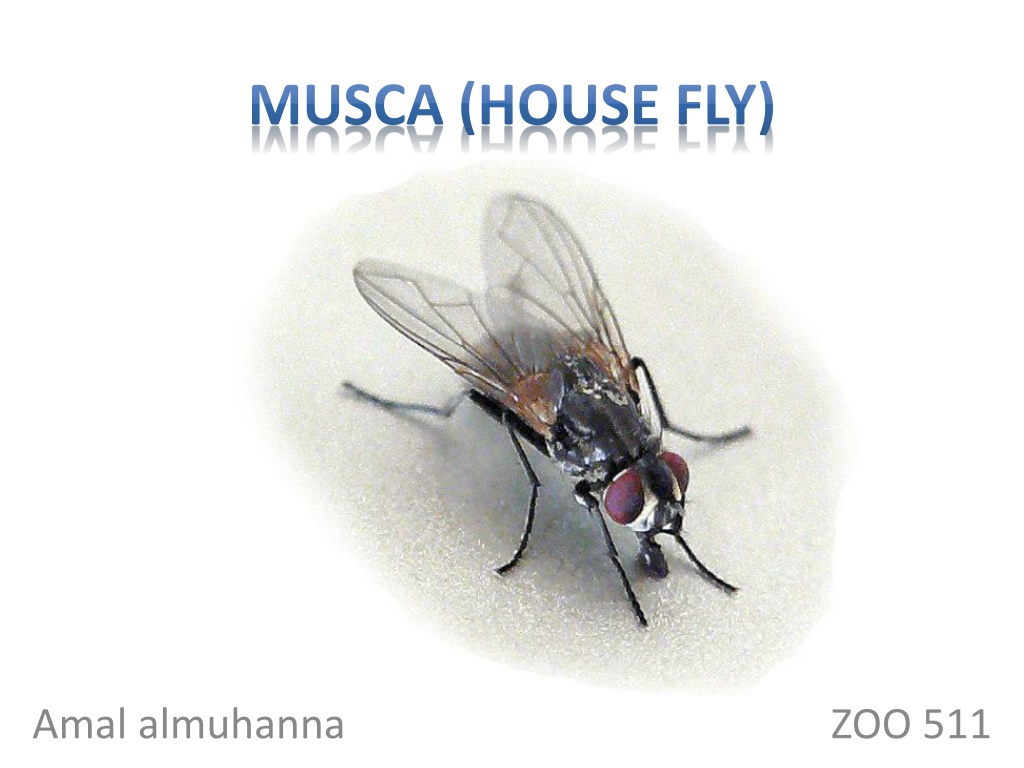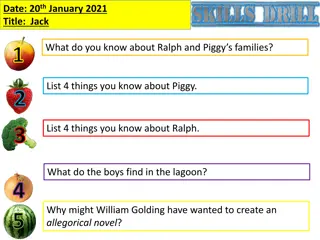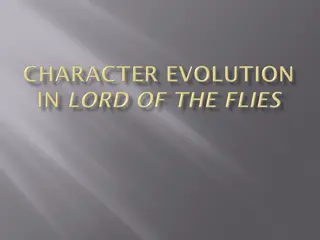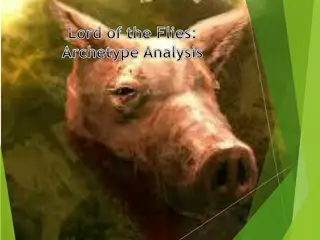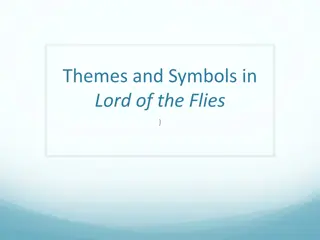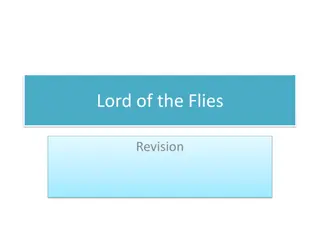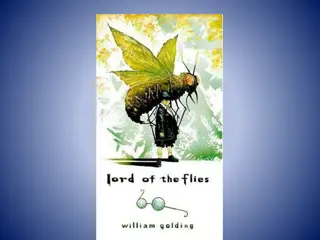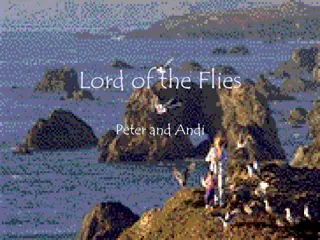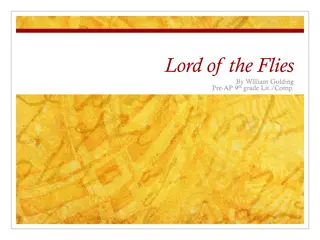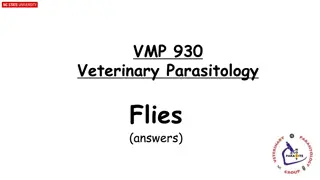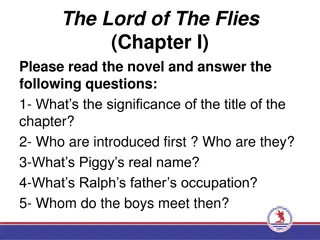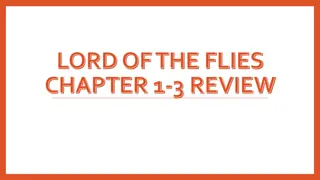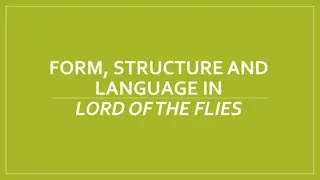Anatomy and Characteristics of House Flies
Explore the intricate details of Musca (House Fly) including its scientific classification, mouth parts, aristate antenna, wings, legs, abdomen, and ovipositor. Discover unique features such as the modified labium into a proboscis, halteres aiding in orientation, sticky pads on legs for clinging, and telescoping ovipositor segments for egg-laying.
Download Presentation

Please find below an Image/Link to download the presentation.
The content on the website is provided AS IS for your information and personal use only. It may not be sold, licensed, or shared on other websites without obtaining consent from the author. Download presentation by click this link. If you encounter any issues during the download, it is possible that the publisher has removed the file from their server.
E N D
Presentation Transcript
MUSCA (HOUSE FLY) Amal almuhanna ZOO 511
Scientific classification Kingdom: Animalia Phylum: Arthropoda Class: Order: Section: Insecta Diptera Schizophora Family: Muscidae Genus: Species: Musca M. domestica
MOUTH PARTS OF HOUSEFLY Housefly mouth parts arc of sponging and sucking type. In Housefly, labium is modified into proboscis.The proboscis consists of 3 parts. Proximal - rostrum Middle - Haustcllum Distal - Labellum The rostrum distally articulated with haustellum by hinge joint.
In the Diptera (housefly ), there are only one pair of functional wings, with the posterior pair of wings are reduced to halteres, which help the fly to sense its orientation and movement, as well as to improve balance. membranous wings halteres
Legs Also attached to the thorax are the three pairs of legs, each made up of five segments. Leg of a house fly showing femur, tibia and five segmented tarsis with an enlargement of the tip of the tarsus showing claws and sticky pads (pulvilli). At the tip of the tarsus is a pair of claws with a fleshy pad (pulvillus) by each. The pulvilli are bladder-like with tiny glandular hairs causing a sticky surface which enables the fly to cling to surfaces, even upside down.
The abdomen of Musca (House fly )
The ovipositor of House fly House fly have a different version of the ovipositor. The last few abdominal segment telescope into the larger anterior abdominal segments except when the fly is laying eggs. Then these segment are extended as shown here.
